PARIGI. Dal 26 marzo al 13 luglio al Grand Palais saranno in mostra oltre 250 opere di Robert Mapplethorpe. La mostra, prodotta dalla Réunion des musées nationaux-Grand Palais, in collaborazione con la Robert Mapplethorpe Foundation di New York e in collaborazione con il Musée Rodin di Parigi, sarà una delle più grandi retrospettive museali realizzate intorno al lavoro di questo artista.
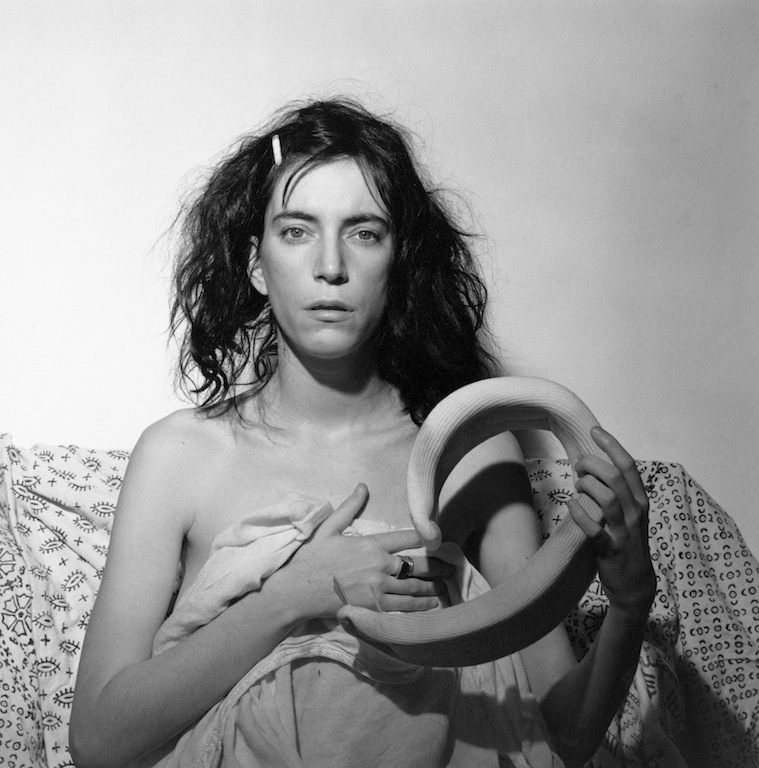
Patti Smith 1978, Épreuve gelatino-argentique
New York, Fondation Robert Mapplethorpe
© Robert Mapplethorpe Foundation. Used by permission
La selezione delle opere in mostra copre l’intera carriera di Mapplethorpe, dalle polaroids dei primi anni Settanta ai ritratti di fine anni Ottanta di nudi scultorei, nature morte, pratiche sadomaso. La mostra tenta di rivelare tutti gli aspetti del suo lavoro andando oltre i luoghi comuni, mostrando un artista classico che ha utilizzato il mezzo della fotografia per esprimersi allo stesso modo di come avrebbe potuto utilizzare la scultura.
Al di là dell’aspetto artistico, questa esposizione è un testamento artistico. Nella sua intervista con Janet Kardon (1987) Mapplethorpe ha spiegato che la fotografia negli anni ’70 era il ‘mezzo ideale’ per immortalare ‘un tempo in cui tutto era veloce’. Mapplethorpe, in un certo senso, non voleva essere un fotografo è la fotografia che lo ha scelto. Più tardi, nella stessa intervista, ha confermato: “Se fossi prima, almeno di 200 anni, probabilmente sarei uno scultore. La fotografia, però, è un modo veloce per vedere e scolpire”.
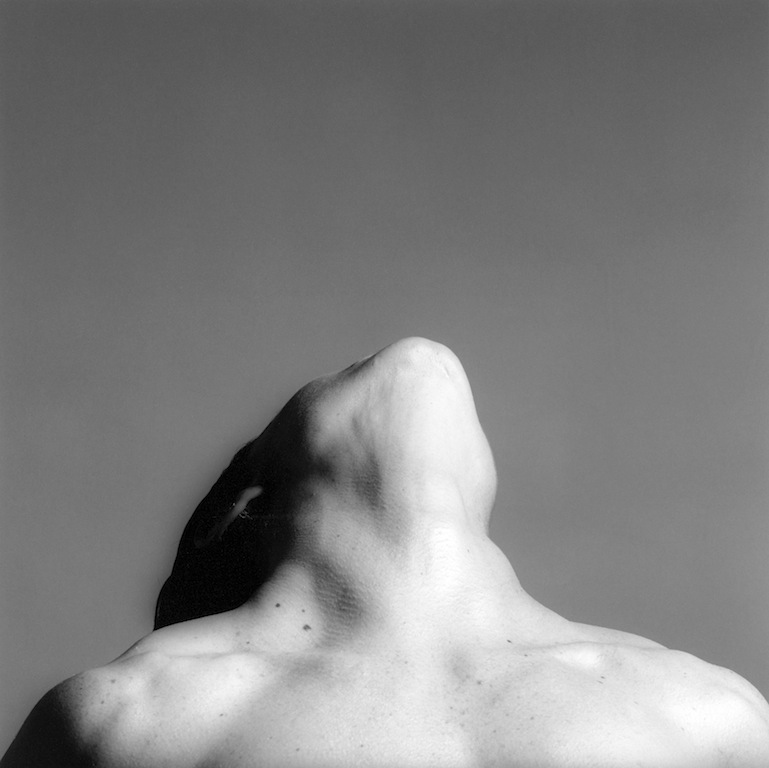
Lisa Lyon 1982
Épreuve gelatino-argentique
New York, Solomon R. Guggenheim Museum Don de la Fondation Robert Mapplethorpe 1993
© Robert Mapplethorpe Foundation. Used by permission
A differenza di un Helmut Newton che voleva essere un fotografo di moda già dall’adolescenza, Robert Mapplethorpe è uno scultore dell’anima e dell’immaginazione. Sulla scia di Man Ray, Mapplethorpe si definisce un ‘creatore di immagini’ piuttosto che un fotografo e un ‘poeta’ più che un documentarista. Questo a dimostrare come, prima di essere un fotografo, Mapplethorpe si consideri un artista tant’è che le sue immagini traggono spunto da una cultura pittorica in cui riecheggiano i nomi di Tiziano, David, Dalì ma anche Michelangelo, Piero della Francesca e Bernini. Per apprezzare l’arte di Mapplethorpe, però, bisogna anche considerare allo stesso tempo il contesto socio-culturale di una New York degli anni Settanta e dell’underground gay in cui si inserisce, due universi che sembrano differenti ma che si integrano tra loro. La mostra, quindi, esplora questo universo e si propone di mostrare il maggior numero di lavori di questo artista, conosciuto dagli appassionati come uno dei più grandi fotografi.
Info: www.grandpalais.fr
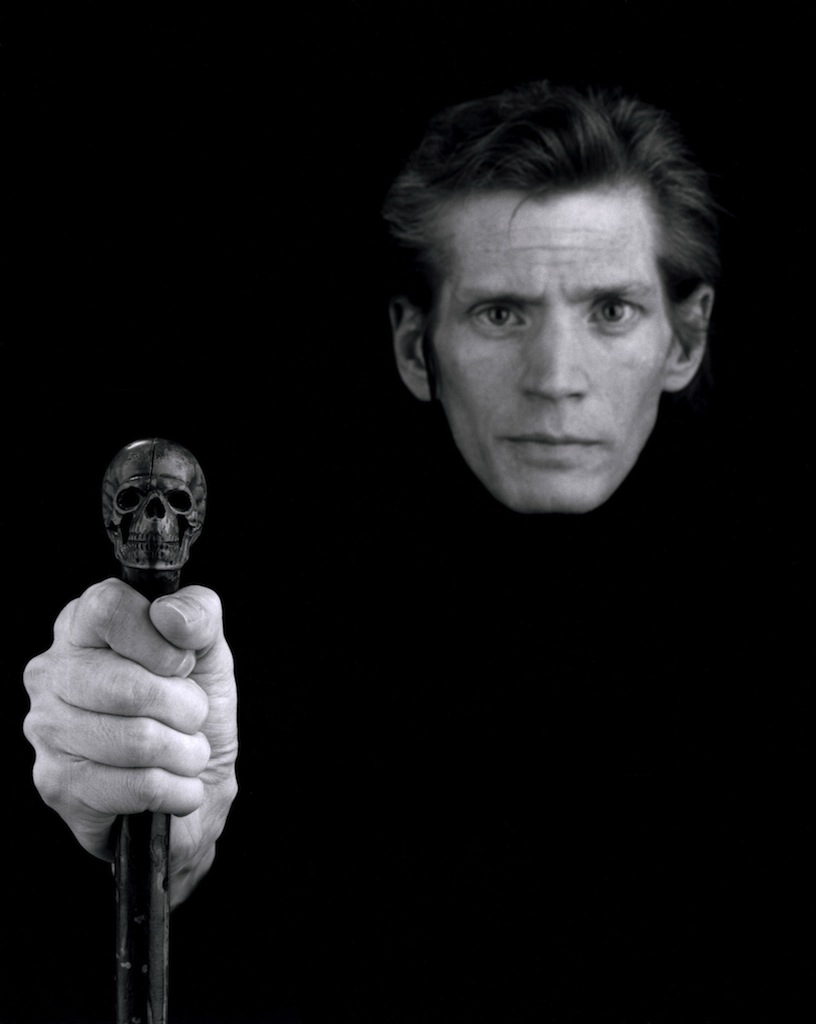
Self-Portrait (Autoportrait)
1988
Épreuve au platine
Collection particulière
© Robert Mapplethorpe Foundation. Used by permission
English version.
PARIGI. Robert Mapplethorpe: 26 March – 13 July 2014. Grand Palais, Galerie sud-est, entrée avenue Winston Churchill. This exhibition is organized by the Reunion des Musées Nationaux-Grand Palais, with the cooperation of the Robert Mapplethorpe Foundation in New York and in association with the Musée Rodin, Paris. The exhibition will present over 250 works making it one of the largest retrospective shows for this artist ever held in a museum. It will cover Mapplethorpe’s entire career as a photographer, from the Polaroids of the early 1970s to the portraits from the late 1980s, touching on his sculptural nudes and still lifes, and sadomasochism.
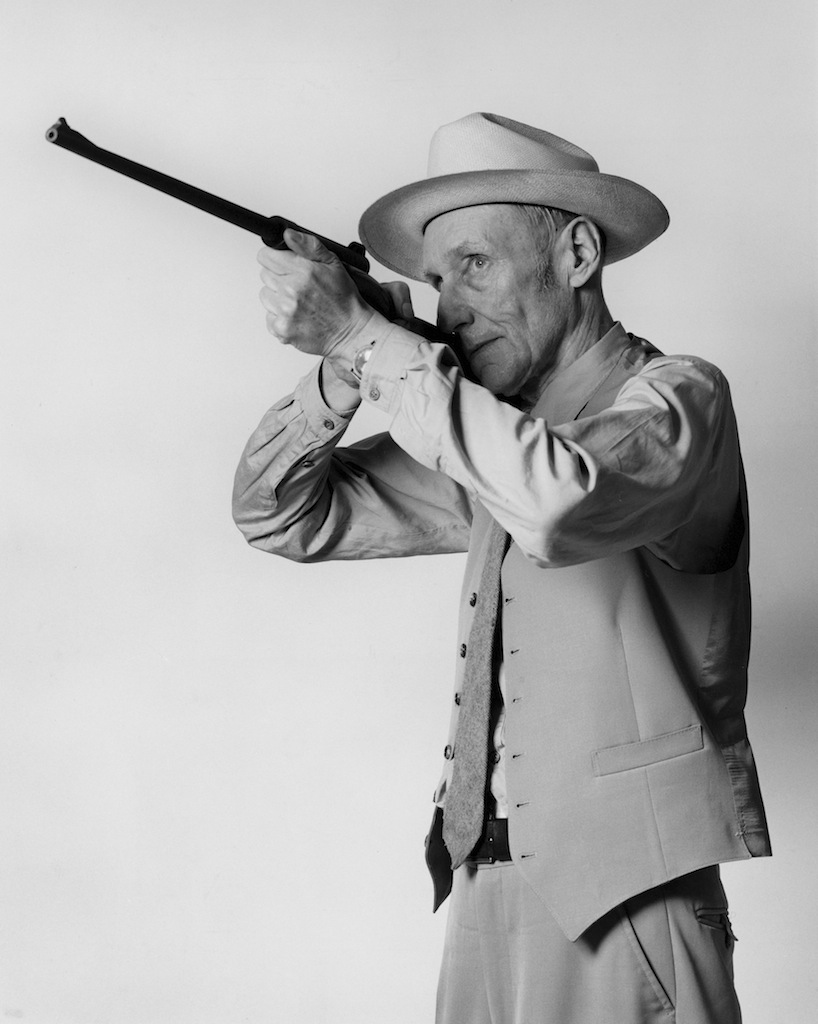
William Burroughs
1981
Épreuve gelatino-argentique
New York, Fondation Robert Mapplethorpe
© Robert Mapplethorpe Foundation. Used by permission
The focus on his two muses Patti Smith and Lisa Lyon explores the theme of women and femininity and reveals a less known aspect of the photographer’s work. The challenge of this exhibition is to show that Mapplethorpe is a great classical artist, who addressed issues in art using photography as he might have used sculpture. It also puts Mapplethorpe’s art into the context of the New York art scene in the 1970-1980s.
In his interview with Janet Kardon in 1987, Mapplethorpe explained that photography in the 1970s was the perfect medium for a fast-paced time. He did not really choose photography; in a way it was photography that chose him. Later in the same interview, he said “If I had been born one hundred or two hundred years ago, I might have been a sculptor, but photography is a very quick way to see, to make a sculpture. Lisa Lyon reminded me of Michelangelo’s subjects, because he did muscular women.”
Mapplethorpe positioned himself from the outset as an Artist, with a capital A. Unlike Helmut Newton, who as a teenager already wanted to be a fashion photographer, and imposed his vision of the world and photography, making it an art in its own right, Robert Mapplethorpe is a sculptor at heart, a plastic artist driven by the question of the body and its sexuality and obsessed by the search for perfect form.
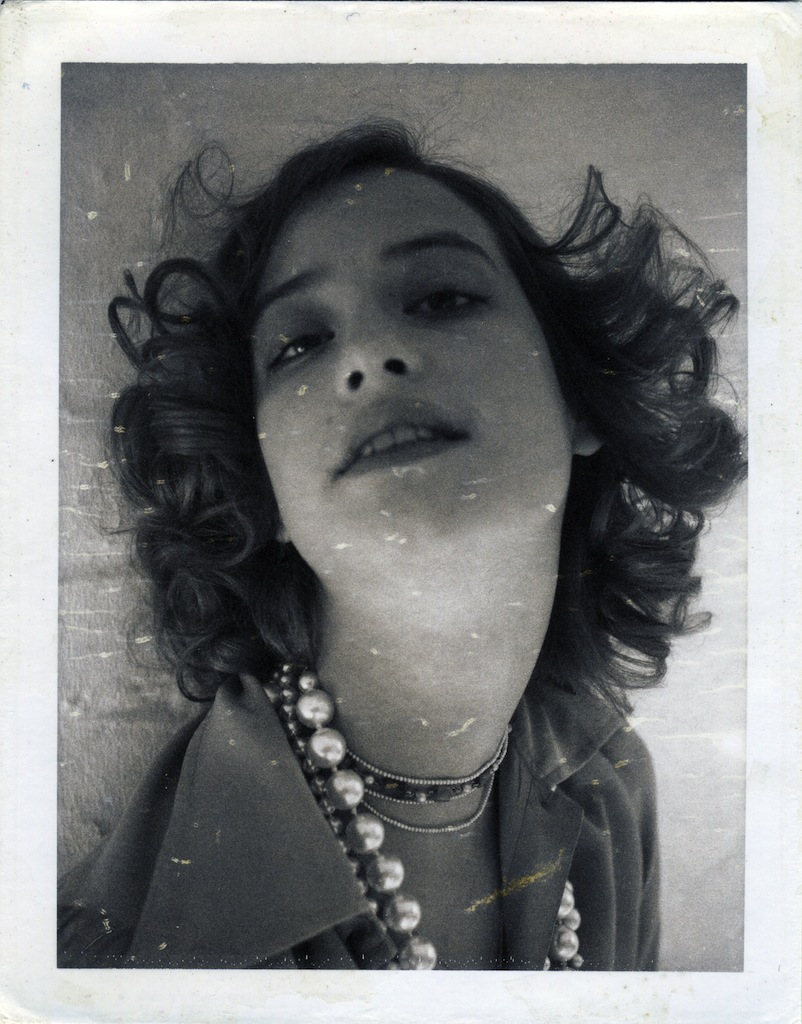
Nicky Waymouth
1973, Polaroïd
New York, Fondation Robert Mapplethorpe
© Robert Mapplethorpe Foundation. Used by permission
Like Man Ray, Mapplethorpe wanted to be “a creator of images” rather than a photographer, “a poet” rather than a documentarist. In the catalogue for the Milan exhibition which compared the two artists, Bruno Cora recalls the parallels in their lives and works: “Before becoming masterly photographers, Man Ray and Mapplethorpe had both been painters and sculptors, creators of objects; they both lived in Brooklyn in New York; they both made portraits of the intellectuals of their time; and they were both incisive explorers of the nude form, its sculptural qualities and the energy emanating from it.”
Mapplethorpe was an artist before being a photographer. His images come from a pictorial culture in which we find Titian (The Flaying of Marsyas / Dominick and Elliot), David, Dali, and even the great artists of the Italian Renaissance, Michelangelo, Piero della Francesca, Bernini …
Robert Mapplethorpe, Thomas, 1987. © Robert Mapplethorpe Foundation. Used by permission Robert Mapplethorpe 26 mars- 13 juillet 2014 4
As in Huysmans’s novel, the exhibition is a countdown for this other dandy from the end of another world, Robert Mapplethorpe. It starts with his self-portrait with a skull-headed cane, the image of a young man already old, the tragedy of a life cut down in full flight by AIDS. But his almost royal final posture, as if beyond death, still (just) alive but already in the posterity of his oeuvre, seems to beckon us with a gesture of his pastoral cane to follow him into the world that he constructed in twenty years of photography. The exhibition continues with statuary, a dominant theme in Mapplethorpe’s last years, photos of statues of the gods in his personal pantheon: Eros, of course, and Hermes … The artist always said he used photography to make sculptures, and he ended his oeuvre with photographs of sculptures. His nudes were already photographic sculptures.
Works are not created just anywhere. To be fully appreciated, Mapplethorpe’s art must be put into the socio- cultural context of arty New York in the 1970s and 80s, and the underground gay culture there at that time. Two permeable and equally radical worlds. To take the measure of the libertarian explosion of the time, we need to watch Flesh, Warhol’s film with Joe Dalessandro, which narrates 24 hours in the life of a young New York male prostitute. To understand the violence and passion of gay sexuality for young New Yorkers fighting for freedom in a repressive period, we must read Edmund White’s The Beautiful Room is Empty, the story of a young gay in the years of riots and demonstrations and extreme emancipation; and Andrew Holleran’s Dancer from the Dance (1978), to plunge into the sexual experiments of Fire Island in the 1970s. Mapplethorpe is hailed as one of the world’s greatest photographers and the exhibition aims to give a broad view of his work.
In parallel with this, the musée Rodin is organising a Mapplethorpe-Rodin exhibition, from 8 April to 21 September 2014

